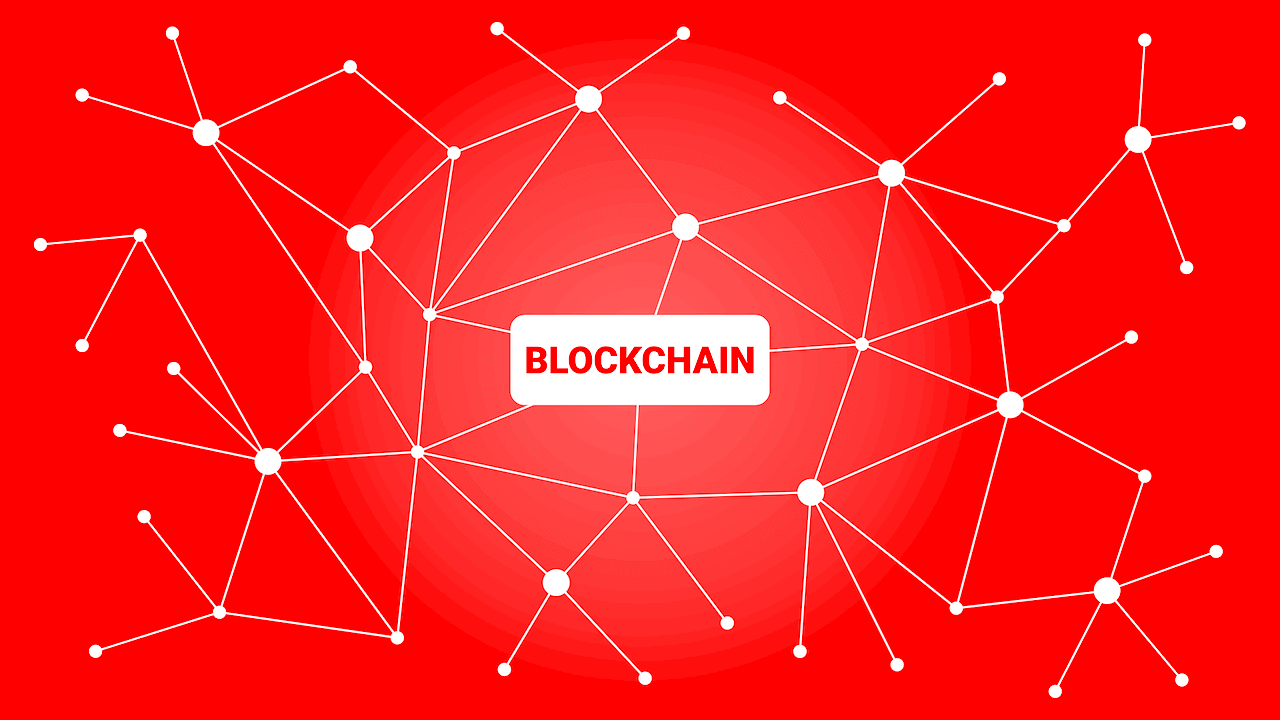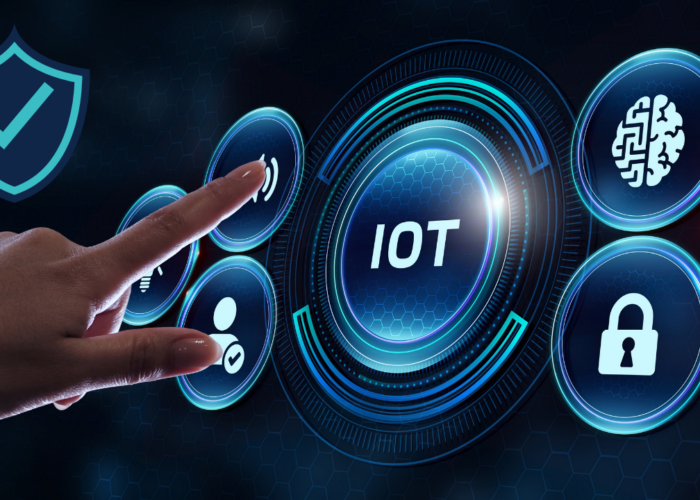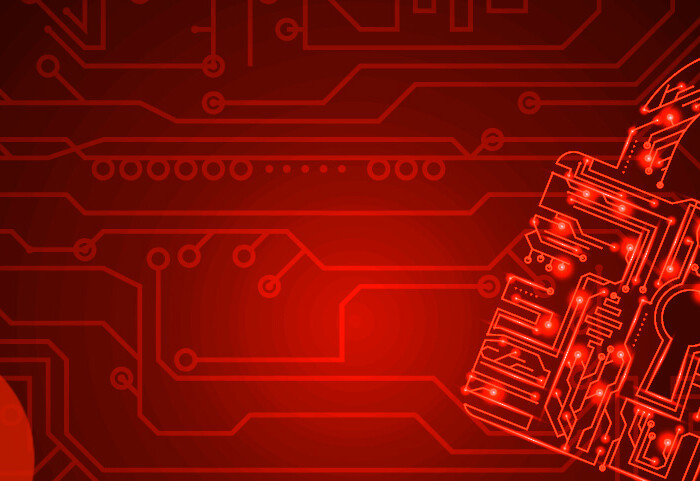Blockchain technologies can become an excellent ally of the IoT industry. If you want to know how they can help you with safety issues, take note!
When it comes to competitive advantages in a company, the Internet of Things (IoT) turns out to be a very powerful weapon. Each piece of data collected is extremely important to initiate or successfully request an action without human intervention, in which both the privacy and security of the user are compromised.
“As this generation and the analysis of such data are fundamental in the operation of the IoT, they must be protected throughout the entire life cycle of the device.”
Considering each technological and physical component of the Internet ecosystem of Things, this technology is understood as if it were a system of systems, with great business value, which needs integrated solutions and protection to complement its functionality.
-Identity Management: trends and best practices-
This is one of the challenges whose answer can be found in Blockchain technology to track and shield transactions.
How to implement Blockchain for IoT Safety
Blockchain technology began to be known with the advent of crypto coins mining since it is its main technology. But now, it also has much to do with the IoT.
The amount of data processed by IoT devices is enormous, all supplied in a chain and exposed to attacks by cybercriminals. It is in this context where the possibility arises to take advantage of the Blockchain architecture to authenticate, standardize and protect the adoption of data handled by the devices.
For IoT safety, the blockchain is able to monitor the information collected by the sensors, without allowing them to be duplicated by any wrong data. Sensors can also transfer data using Blockchain technology, without the need for a trusted third party.
-Discover the challenges posed by IoT-
In addition, we must add device autonomy, data integrity, virtual identity and point-to-point communication, all to get rid of technical deficiencies and bottlenecks.
As if that weren’t enough, Blockchain and devices related to the Internet of Things are addressable and are able to list a history of connected equipment, opening a bank so that in the future problems can be solved.
Coordination between devices
As far as IoT is concerned, Blockchain technology stands out thanks to its ability to solve scalability, reliability and privacy issues. It enables coordination between devices, as well as tracking millions of connected devices and processing transactions.
This is a decentralized approach in which cryptographic algorithms are implemented so that customer data enjoy greater privacy. It is an approach that eradicates faults and offers a resilient ecosystem.
The connectivity it provides is unprecedented because the Blockchain is based on an optimal platform, which is efficient considering solutions for the IoT require coordination so that the devices work integrated, without causing problems. It is a secure infrastructure, far from the centralized model.
A trend towards protection
For greater transparency, convenience and security, Identity Management is systems chosen by companies to control access management.
Blockchain Identity is one of those trends, for its ability to store information in chains of transactions that prevent its modification when verified. The structure stores the data equitably, preventing server leaks.
-Read more → Privacy in IoT: things to keep in mind-
In addition, it is also important to mention Authentication systems, which require the verification of data, as well as the protection of company and staff information, approved by consensus as a right by the General Data Protection Regulations.
Processing transactions
When we speak of transactions, we refer to the actions created by the participants of the system.
Blockchain records these or digital interactions so that they are carried out in a safe, auditable, transparent, efficient and interruption-resistant manner.
Each block registers the operations with a time stamp and verifies that they are in the correct sequence, without manipulations. If someone wants to add a transaction to the chain, everyone in the network validates it through an algorithm; the approved transactions are gathered into a block and distributed to each node in the network.
The new block and successive blocks are validated with a single fingerprint corresponding to the previous block.
There are billions of transactions per device, and adopting a standardized, point-to-point communication model would reduce installation and maintenance costs in huge Big Data centres, as well as the storage of devices that make up the IoT networks, preventing errors in nodes dragged by a collapse or arrest.
So that there is no theft and much less impersonation in each transaction that takes place, it is proposed to use some kind of consensus and validation of peer-to-peer communications, so that the privacy and security of large networks of the IoT persists.
Data Tracking
On the basis of all devices that can communicate with ledgers, entrenched in Blockchain, the devices used in IoT end up being safe in transactions.
The information provided by the customer can be tracked so that the experience is smooth and continues as private and inviolable; furthermore, by using storage and encryption, every part of the chain can rely on the data.
All heavy work falls on technology, through machines, without the need for a human to execute the processes.
The blockchain is an ally for solving scalability and trust issues. The keys will always be private and nobody will be able to overwrite the codes, offering this way the security dreamed in operations of the Internet of the Things.
More advantages of Blockchain on IoT?
- It is public, so those who participate can see the blocks, but not the actual content of the transaction, as they are protected by private keys.
- It is decentralized and there is enough trust.
- Network participants reach a consensus to approve transactions.
- The database expands, although records are kept. If someone wanted to modify the previous records, the cost would be very high.
- Blockchain Identity is one of the trends in high-capacity technologies such as authentication systems. These aspire to become a law, as they encompass the protection of information that benefits both businesses and individuals, a topic that has been widely discussed.
- It allows you to share the use of multiple files.
- It guarantees robustness and stability of resources, eliminating the flow of traffic to one and lowering the delay.
- The network is secure, the user’s identity will always be private.
Blockchain technology is the perfect ally when it comes to solving the problems of scalability, privacy and confidence in IoT security. Chakray is a consulting firm specializing in this type of development, emphasizing security protocols and certificates, when it comes to IoT. If you want to know more about them, don’t hesitate to contact our consultants!





